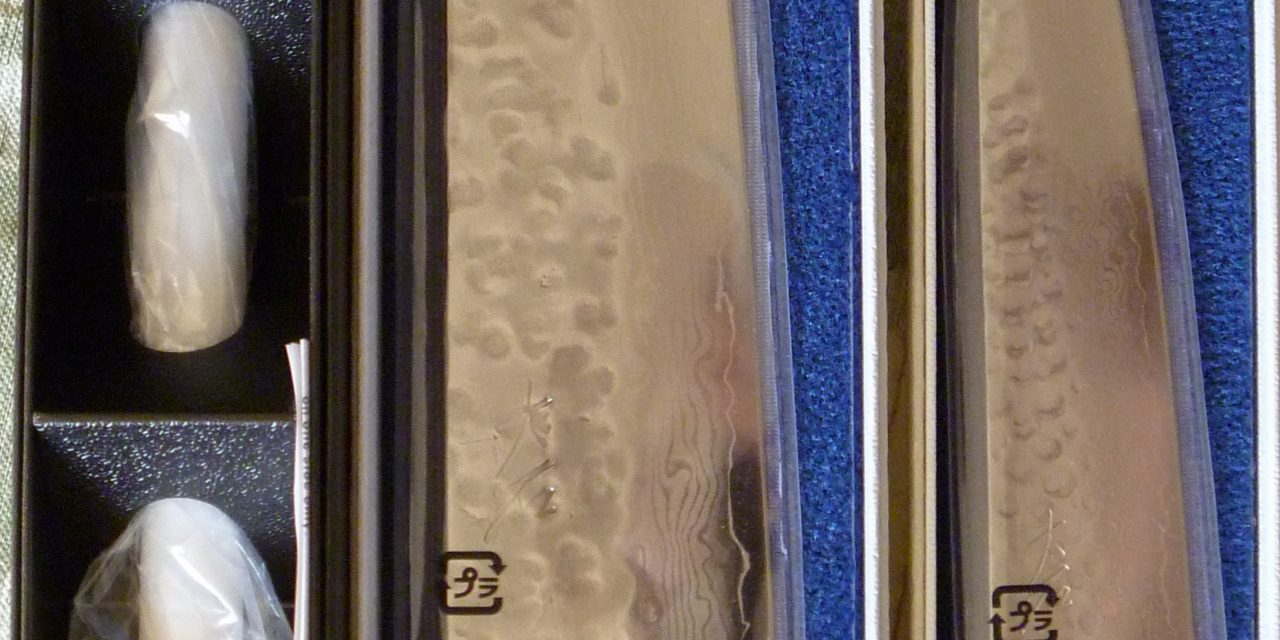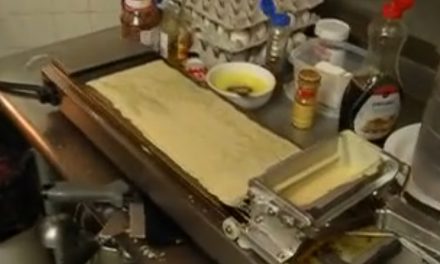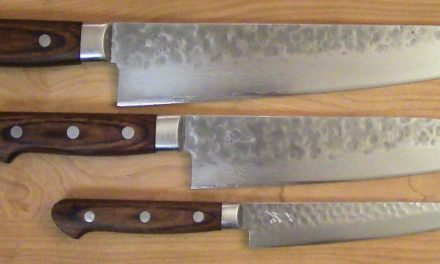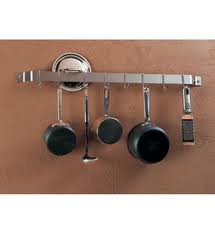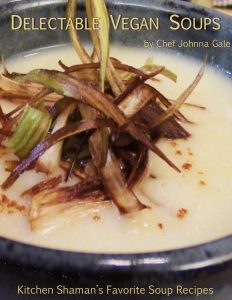As you know, I’ve been cooking for a while, quite a long while. My standard everyday knives have been Forschners (now under Vitorinox). They are getting up there in age. Since I moved into the land of fine dining, that means fine knife work, and that means new knives. I have secretly coveted Japanese knives, and though not trained in their usage, nor mentored by a chef who gave me permission to purchase them, I stepped out and bought new knives last week.
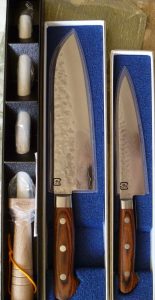 Japanese.
Japanese.
Ohishi.
Beautiful.
I bought the knives before researching. There’s a great little shop in town called the Phoenix Knife House, owned and operated by chefs. They carry some extraordinary and beautiful knives. I like to support independently owned and operated businesses. And most of my co-workers have visited them at some point since they opened.
I discussed my budget with the owner, and he proceeded to lay out about five different brands and let me handle and fondle the knives. In the meantime he reconditioned my worn and abused Forschners. I finally chose a brand, and after a telephone call to my budget advisor, purchased two Ohishi Japanese blades, a petty utility knife, and a santuko knife. I also bought a ceramic steel to keep them sharp.
I dropped the cash, and set about the rest of my day. While driving around I realized I was having a paranoid and averse reaction to purchasing these knives. What was it? I felt like I did not deserve them. Really, I’m a fraud, not a real chef. All these thoughts flamed through my brain as I bought rice and drove all the way back home. During my shower the next day, I stumbled upon a core reason: in traditional Japanese chef culture, women are excluded. They cook at home and tend the rice fields, but they do not cook on a larger, grander scale, in restaurants. This information is blazoned some where deep inside me. So not only do I think I don’t deserve the knives, I do not have a right to them, being both female and non-Japanese.
I am a quality chef. I have proven myself, quite a few times over. I’ve earned good knives. I work in an environment where they are necessary. I have a right to these knives and I do know how to use them.
The blades I chose are made in the village Seki, at the base of Mt. Fuji. They are a 17 fold Damascus steel blade. The pattern design is called suminagashi, and is designed like ink flow on paper. It actually shows the folds of steel in the blade. The dimples in the knives are called Tsuchime, and are hand-hammered. I chose the knives for both balance and design. Of course, I ran home, used the knives, let them bleed me before taking them to work, then I researched them. The attraction to the pattern makes sense, being a writer, artist, and chef.
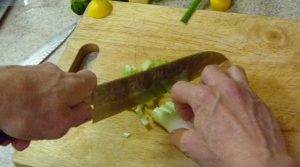 And now, I am hopelessly hooked on Japanese blades. I’m looking forward to the purchase of the next two knives. I now understand why a chef will drop more money than rent on a set of these high performance blades.
And now, I am hopelessly hooked on Japanese blades. I’m looking forward to the purchase of the next two knives. I now understand why a chef will drop more money than rent on a set of these high performance blades.
I do not recommend them for the home cook. There are other, less expensive brands that will hold up to that kind of work. As a chef, these are really nice blades to use. They have great balance and weight, and perform under the rigors of fine dining prep work.
I’ve made peace with my initial reaction of being not worthy. My workload has been cut in half, and my hands are much more sure working with these blades. I certainly deserve them, and am a worthy enough chef to use them. Any fear I had has fled and gone. Now, I slice and dice, confidant of the blade in my hand. Plus, they look really cool.
The Santuko knife is also known as an Asian Chef knife, thought to have developed from the Japanese rectangular vegetable knife. The blade is thinner then a chef’s knife, and shorter. The design of the blade helps to keep food from sticking to the blade. It is designed for mincing, chopping, slicing and dicing. I’ve used mine for a variety of tasks, finely chopped shallots, julienned carrots, and slicing bread.

